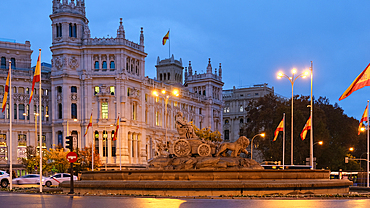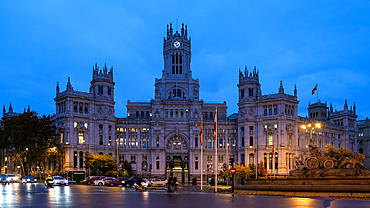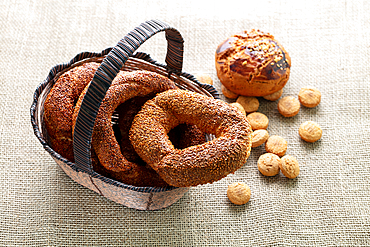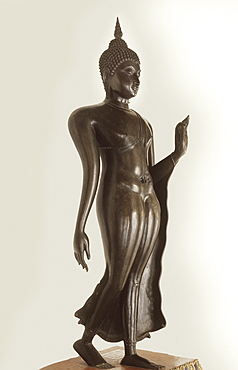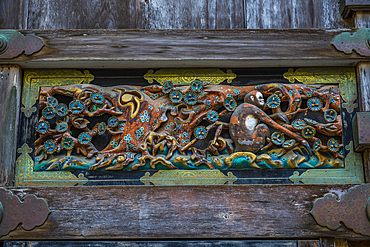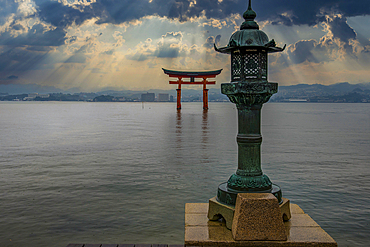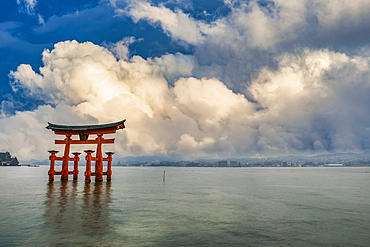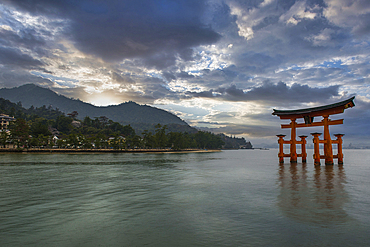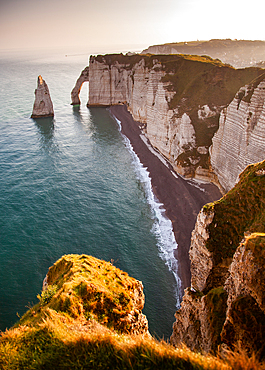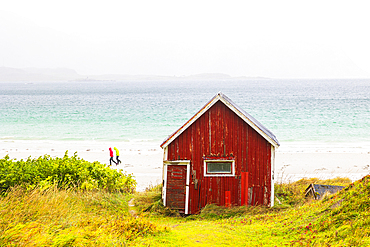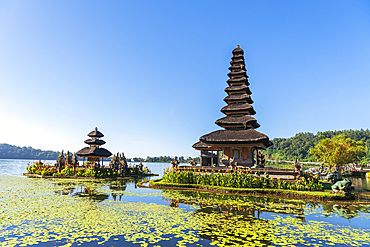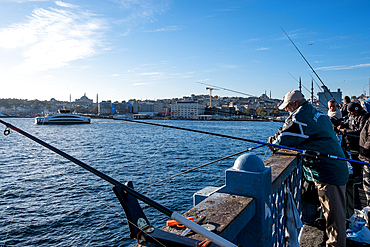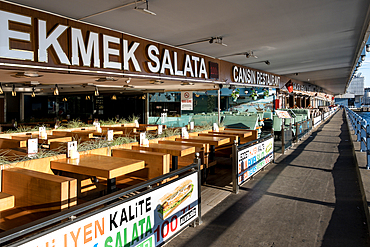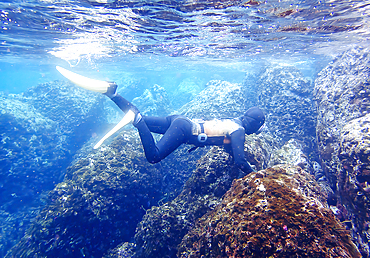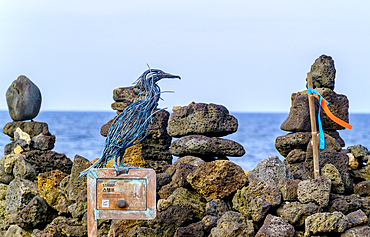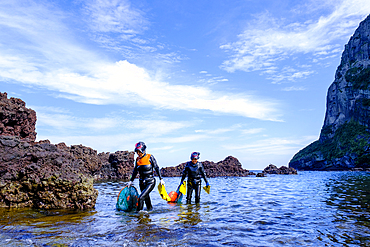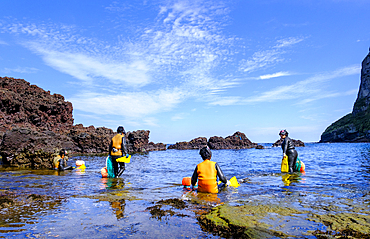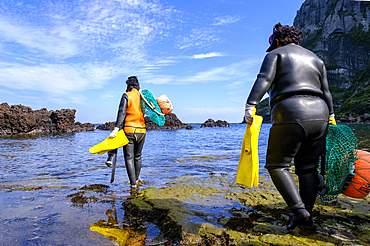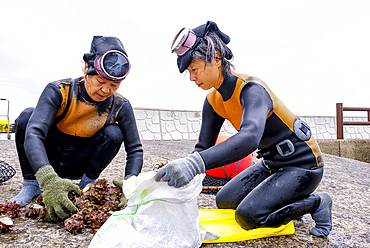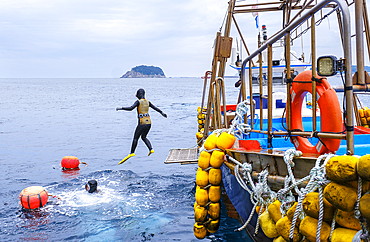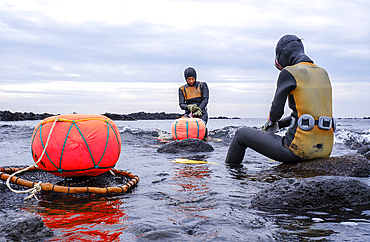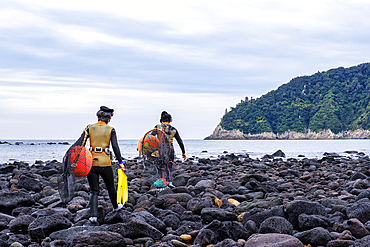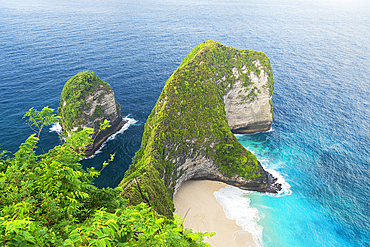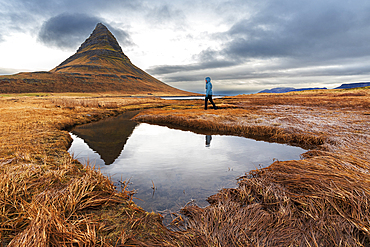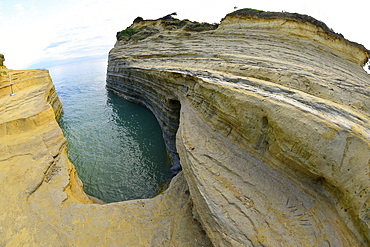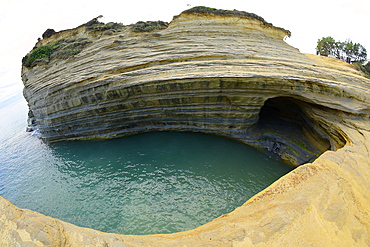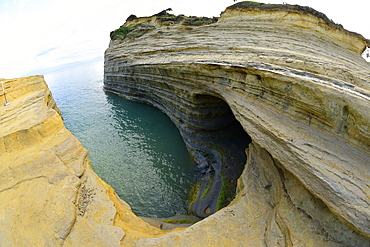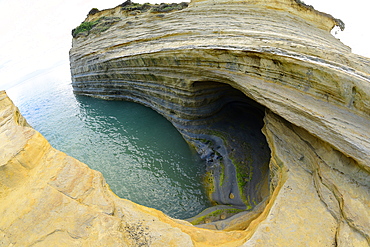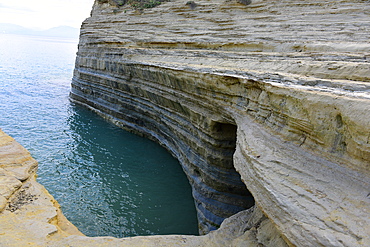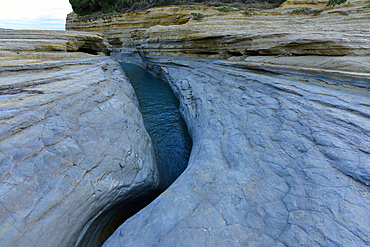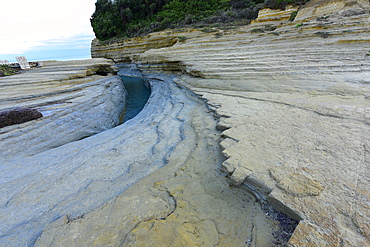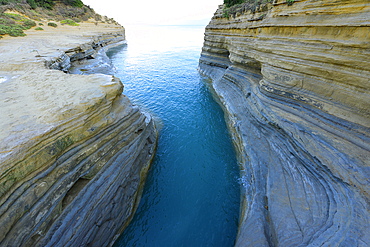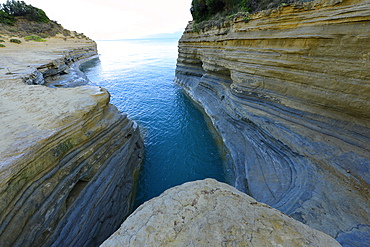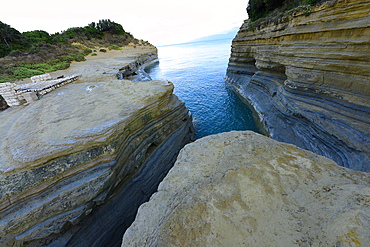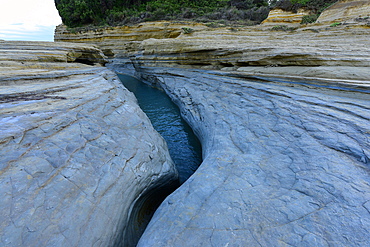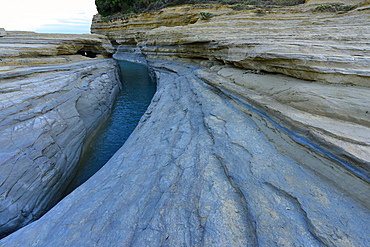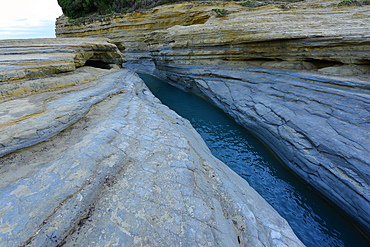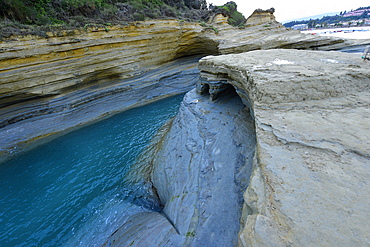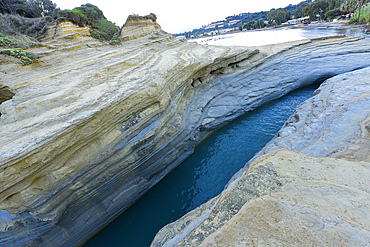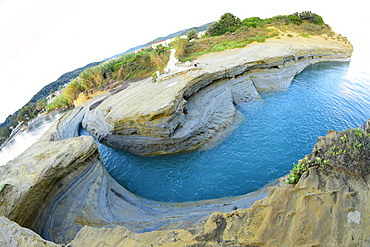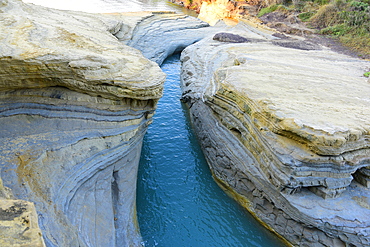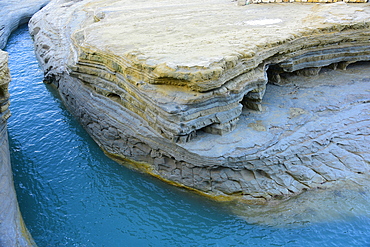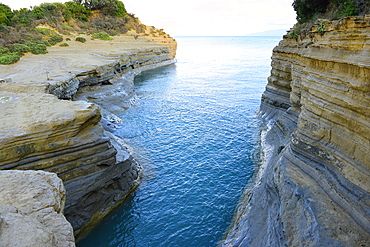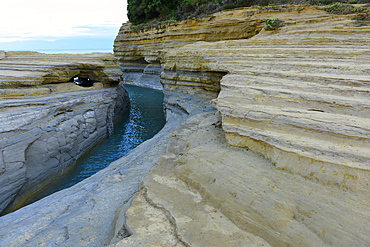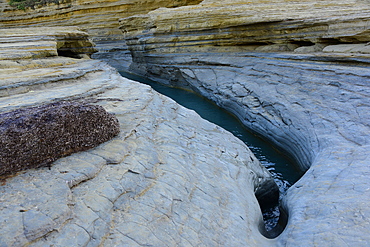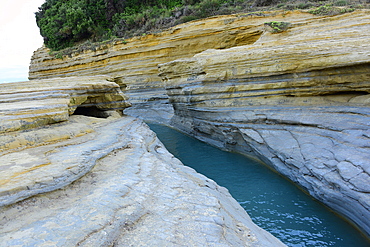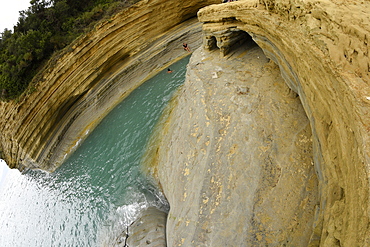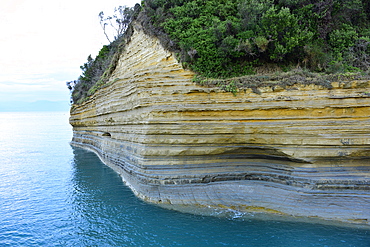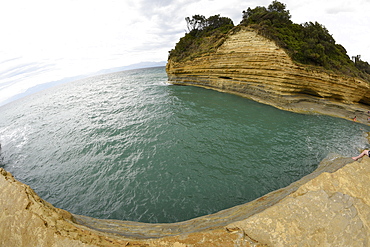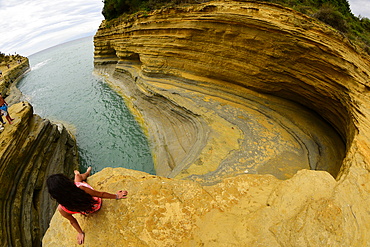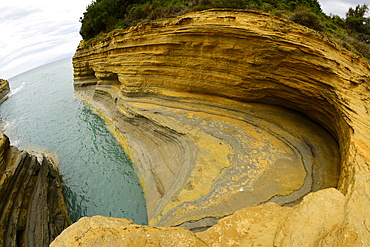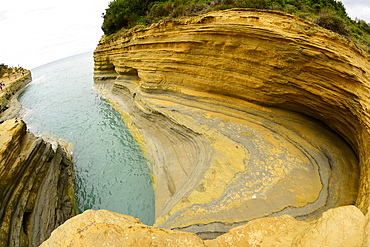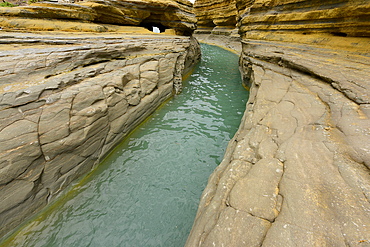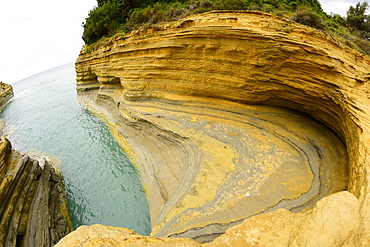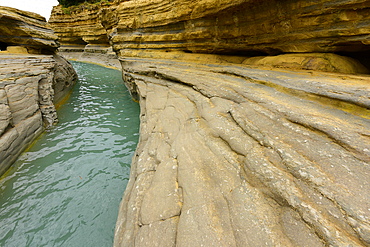Recent searches
Loading...
1382-200 - young waitress presenting a famous cake named Sakotis in a decorated version at Romnesa bakery-restaurant at Strigailiskis, Ignalina district, Aukstaitija National Park, Lithuania, Europe
1382-173 - Linkmenas lake seen from the Ginuciai mound where the famous Linknenys castle stood during the 13-15th centuries, Ginuciai, Aukstaitija National Park, Lithuania,Europe
1382-172 - Linkmenas lake seen from the Ginuciai mound where the famous Linknenys castle stood during the 13-15th centuries, Ginuciai, Aukstaitija National Park, Lithuania,Europe
1382-170 - view over Alksnas lake from the top of Ladakalnis hill, one of the famous sights of Aukstaitija National Park, Lithuania, Europe
722-160 - The Bodeguita del Medio, a popular restaurant-bar and music venue, made famous by Ernest Hemingway, in Calle Obispo in historic centre, Old Havana (Habana Vieja), Havana, Cuba, West Indies, Central America
1361-444 - Sunset over the small village of Henningsvaer surrounded by snowy massif with the famous soccer field in the foreground, Henningsvaer, Vagan municipality, Nordland, Lofoten Islands, Norway, Scandinavia, Europe
1369-238 - The famous Myllykosky mill during a cold winter day, Oulanka National Park, Kuusamo, Finland, Europe
1373-302 - Scenic view of Plaza de Cibeles, an iconic square representing Madrid, Spain. Featuring the majestic Cibeles Palace in the backdrop and the famous Cibeles Fountain in the foreground.
1373-301 - Scenic view of Plaza de Cibeles, an iconic square representing Madrid, Spain. Featuring the majestic Cibeles Palace in the backdrop and the famous Cibeles Fountain in the foreground.
1373-300 - Scenic view of Plaza de Cibeles, an iconic square representing Madrid, Spain. Featuring the majestic Cibeles Palace in the backdrop and the famous Cibeles Fountain in the foreground.
1378-45 - Famous turkish simit in a basket, bagel, street food, Bursa, Turkey
1378-43 - Famous turkish simit in a craftpackage, bagel, street food, Bursa, Turkey
238-4958 - Thailand's most famous Sukhothai Walking Buddha image, with left hand in Abhaya Mudra, dating from the Sukhothai Period in the 15th century, Thailand, Southeast Asia, Asia
1184-11833 - Famous monkey wood carving in the Toshogu Shrine, UNESCO World Heritage Site, Nikko, Tochigi Prefecture, Kanto, Honshu, Japan, Asia
1184-11694 - Famous torii gate floating in the water, UNESCO World Heritage Site, Miyajima, Japan, Asia
1184-11695 - Famous torii gate floating in the water, UNESCO World Heritage Site, Miyajima, Japan, Asia
1184-11692 - Famous torii gate floating in the water, UNESCO World Heritage Site, Miyajima, Japan, Asia
1184-11691 - Famous torii gate floating in the water, UNESCO World Heritage Site, Miyajima, Japan, Asia
1378-19 - Courtyard view, famous Sultan Ahmet Mosque (The Blue Mosque), UNESCO World Heritage Site, Istanbul, Turkey, Europe
1372-184 - Ameyoko Shopping District, famous Ueno shopping street, Tokyo, Honshu, Japan, Asia in Tokyo Japan
1372-183 - Ameyoko Shopping District, famous Ueno shopping street, Ueno, Tokyo, Honshu, Japan, Asia
1351-317 - The Kond neighborhood of Yerevan, famous for its murals and paintings, Armenia (Hayastan), Caucasus, Central Asia, Asia
1372-173 - View over the small fishing harbor of Tomonoura with famous stone lighthouse and the blue waters, Tomonoura, Honshu, Japan, Asia
1265-412 - Falaise d'Aval, the famous white cliffs of Etretat village, Normandy, France, Europe
1265-413 - Etretat from the Falaise d'Aval, the famous white cliffs of Etretat village, Normandy, France, Europe
1265-411 - Falaise d'Aval, the famous white cliffs of Etretat village, Normandy, France, Europe
1265-410 - Falaise d'Aval, the famous white cliffs of Etretat village, Normandy, France, Europe
1369-213 - Big waves hit the famous fishing village of Tellaro during a strong sea storm, Lerici, La Spezia, Liguria, Italy, Europe
1369-212 - Big waves hit the famous fishing village of Tellaro during a strong sea storm, Lerici, La Spezia, Liguria, Italy, Europe
1369-205 - Two people walking on Ramberg beach on an autumn day, with a famous cabin in foreground, Lofoten Islands, Nordland, Norway, Scandinavia, Europe
1369-199 - Aerial view taken by drone of the center of Svolvaer, a famous fisherman's village in Lofoten Islands, Nordland, Norway, Scandinavia, Europe
1369-198 - Aerial view taken by drone of Henningsvaer during an autumn day, famous fisherman's village in the Lofoten Islands, Nordland, Norway, Scandinavia, Europe
1369-197 - Aerial view taken by drone of Henningsvaer during an autumn day, famous fisherman's village in the Lofoten Islands, Nordland, Norway, Scandinavia, Europe
1369-193 - Aerial view taken by drone of Henningsvaer during an autumn day, famous fisherman's village in the Lofoten Islands, Nordland, Norway, Scandinavia, Europe
1361-423 - The famous Hindu temple of Pura Ulun Danu Bratan on the banks of Lake Bratan in a sunny day, Bali, Indonesia, Southeast Asia, Asia
1373-268 - Fishermen at the famous Galata Bridge, a bridge spanning the Golden Horn, Istanbul, Turkey, Europe
1373-264 - View of the restaurants located at the famous Galata Bridge, a bridge spanning the Golden Horn, Istanbul, Turkey, Europe
1278-353 - Monument to Francisco Goya Spanish famous painter in Madrid outside Prado Museum.
1369-169 - Magical light envelops the famous village of Manarola during an autumn sunset, Manarola, Cinque Terre National Park, UNESCO World Heritage Site, La Spezia, Liguria, Italy, Europe
1369-165 - Aerial view taken by drone of the famous village of Corniglia, Cinque Terre National Park, UNESCO World Heritage Site, La Spezia, Liguria, Italy, Europe
1358-313 - St. Michael and All Angels Church, featuring famous paintings by Bloomsbury artists Duncan Grant and Vanessa and Quentin Bell, Berwick, East Sussex, England, United Kingdom, Europe
809-8909 - Famous Kampot black pepper, one of the best peppers in the world, Pepper farm, Kep, Cambodia, Indochina, Southeast Asia, Asia
809-8908 - Famous Kampot black pepper, one of the best peppers in the world, Pepper farm, Kep, Cambodia, Indochina, Southeast Asia, Asia
809-8907 - Famous Kampot black pepper, one of the best peppers in the world, Pepper farm, Kep, Cambodia, Indochina, Southeast Asia, Asia
1111-272 - Haenyeo women, famous for diving into their eighties and holding their breath for up to two minutes, free-diving for seafood and crustaceans, Jeju Island, South Korea, Asia
1111-271 - Haenyeo women, famous for diving into their eighties and holding their breath for up to two minutes, free-diving for seafood and crustaceans, Jeju Island, South Korea, Asia
1111-270 - Haenyeo women, famous for diving into their eighties and holding their breath for up to two minutes, free-diving for seafood and crustaceans, Jeju Island, South Korea, Asia
1111-268 - A stamp box on the Jeju Olle Trail, a famous pilgrimage trail of more than twenty interconnected tracks, each having a stamp for the Trail passport book, Jeju Island, South Korea, Asia
1111-267 - Haenyeo diving for conch, octopus, seaweed, and other seafood. Famous for diving into their eighties for being able to hold their breath for up to two minutes, the Haenyeo have harvested Jeju's oceans for hundreds of years.
1111-266 - Haenyeo diving for conch, octopus, seaweed, and other seafood. Famous for diving into their eighties for being able to hold their breath for up to two minutes, the Haenyeo have harvested Jeju's oceans for hundreds of years.
1111-265 - Haenyeo diving for conch, octopus, seaweed, and other seafood. Famous for diving into their eighties for being able to hold their breath for up to two minutes, the Haenyeo have harvested Jeju's oceans for hundreds of years.
1111-254 - Haenyeo women sort their catch. They dive for conch, octopus, seaweed, and other seafood. Famous for diving into their eighties for being able to hold their breath for up to two minutes, the Haenyeo have harvested Jeju's oceans for hundreds of years.
1111-253 - Haenyeo divers, famous for diving into their eighties and holding their breath for up to two minutes, diving for conch, octopus, seaweed, and other seafood, Jeju, South Korea, Asia
1111-252 - Haenyeo diving for conch, octopus, seaweed, and other seafood. Famous for diving into their eighties for being able to hold their breath for up to two minutes, the Haenyeo have harvested Jeju's oceans for hundreds of years.
1111-250 - Haenyeo divers, famous for diving into their eighties and holding their breath for up to two minutes, diving for conch, octopus, seaweed, and other seafood, Jeju, South Korea, Asia
1111-251 - Haenyeo diving for conch, octopus, seaweed, and other seafood. Famous for diving into their eighties for being able to hold their breath for up to two minutes, the Haenyeo have harvested Jeju's oceans for hundreds of years.
1361-370 - View from above of the famous empty Kelingking white sandy beach (T-Rex Beach), Nusa Penida island, Klungkung regency, Bali, Indonesia, Southeast Asia, Asia
1361-362 - Woman walks in front of the famous Kirkjufell mountain reflecting in the water of a small lake, Snaefellsnes Peninsula, Western Iceland, Iceland, Polar Regions
1235-1394 - Famous Channel of Love (Canal D'amour) in Sidari, Corfu, Greece
1235-1395 - Famous Channel of Love (Canal D'amour) in Sidari, Corfu, Greece
1235-1393 - Famous Channel of Love (Canal D'amour) in Sidari, Corfu, Greece
1235-1392 - Famous Channel of Love (Canal D'amour) in Sidari, Corfu, Greece
1235-1391 - Famous Channel of Love (Canal D'amour) in Sidari, Corfu, Greece
1235-1390 - Famous Channel of Love (Canal D'amour) in Sidari, Corfu, Greece
1235-1389 - Famous Channel of Love (Canal D'amour) in Sidari, Corfu, Greece
1235-1387 - Famous Channel of Love (Canal D'amour) in Sidari, Corfu, Greece
1235-1388 - Famous Channel of Love (Canal D'amour) in Sidari, Corfu, Greece
1235-1386 - Famous Channel of Love (Canal D'amour) in Sidari, Corfu, Greece
1235-1385 - Famous Channel of Love (Canal D'amour) in Sidari, Corfu, Greece
1235-1383 - Famous Channel of Love (Canal D'amour) in Sidari, Corfu, Greece
1235-1384 - Famous Channel of Love (Canal D'amour) in Sidari, Corfu, Greece
1235-1382 - Famous Channel of Love (Canal D'amour) in Sidari, Corfu, Greece
1235-1380 - Famous Channel of Love (Canal D'amour) in Sidari, Corfu, Greece
1235-1381 - Famous Channel of Love (Canal D'amour) in Sidari, Corfu, Greece
1235-1357 - Famous Channel of Love (Canal D'amour) in Sidari, Corfu, Greece
1235-1356 - Famous Channel of Love (Canal D'Amour) in Sidari, Corfu, Greek Islands, Greece, Europe
1235-1354 - Famous Channel of Love (Canal D'amour) in Sidari, Corfu, Greece
1235-1355 - Famous Channel of Love (Canal D'amour) in Sidari, Corfu, Greece
1235-1353 - Famous Channel of Love (Canal D'amour) in Sidari, Corfu, Greece
1235-1351 - Famous Channel of Love (Canal D'amour) in Sidari, Corfu, Greece
1235-1352 - Famous Channel of Love (Canal D'amour) in Sidari, Corfu, Greece
1235-1350 - Famous Channel of Love (Canal D'amour) in Sidari, Corfu, Greece
1235-1349 - Famous Channel of Love (Canal D'Amour) in Sidari, Corfu, Greek Islands, Greece, Europe
1235-1347 - Famous Channel of Love (Canal D'amour) in Sidari, Corfu, Greece
1235-1348 - Famous Channel of Love (Canal D'amour) in Sidari, Corfu, Greece
1235-1346 - Famous Channel of Love (Canal D'amour) in Sidari, Corfu, Greece
1235-1345 - Famous Channel of Love (Canal D'amour) in Sidari, Corfu, Greece
1235-1344 - Famous Channel of Love (Canal D'Amour) in Sidari, Corfu, Greek Islands, Greece, Europe
1235-1343 - Famous Channel of Love (Canal D'amour) in Sidari, Corfu, Greece
1235-1342 - Famous Channel of Love (Canal D'amour) in Sidari, Corfu, Greece
1235-1340 - Famous Channel of Love (Canal D'amour) in Sidari, Corfu, Greece
1235-1341 - Famous Channel of Love (Canal D'amour) in Sidari, Corfu, Greece
1235-1339 - Famous Channel of Love (Canal D'amour) in Sidari, Corfu, Greece
1235-1337 - Famous Channel of Love (Canal D'amour) in Sidari, Corfu, Greece
1235-1338 - Famous Channel of Love (Canal D'amour) in Sidari, Corfu, Greece
1235-1336 - Famous Channel of Love (Canal D'amour) in Sidari, Corfu, Greece
1235-1335 - Famous Channel of Love (Canal D'amour) in Sidari, Corfu, Greece
1235-1334 - Famous Channel of Love (Canal D'amour) in Sidari, Corfu, Greece
1235-1379 - Famous Channel of Love (Canal D'amour) in Sidari, Corfu, Greece
1235-1377 - Famous Channel of Love (Canal D'amour) in Sidari, Corfu, Greece








